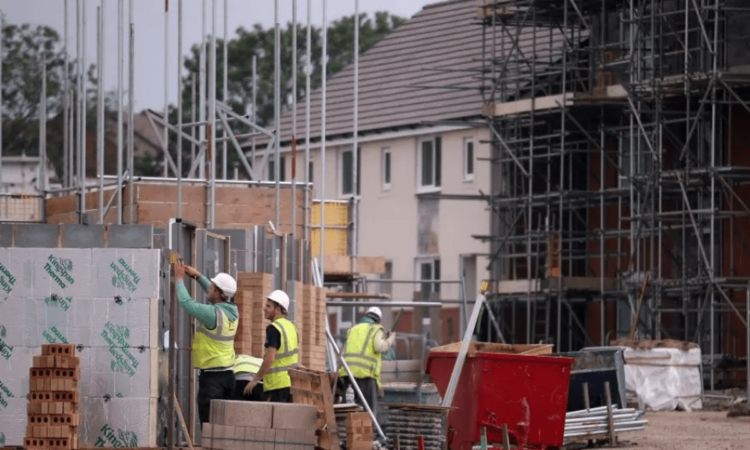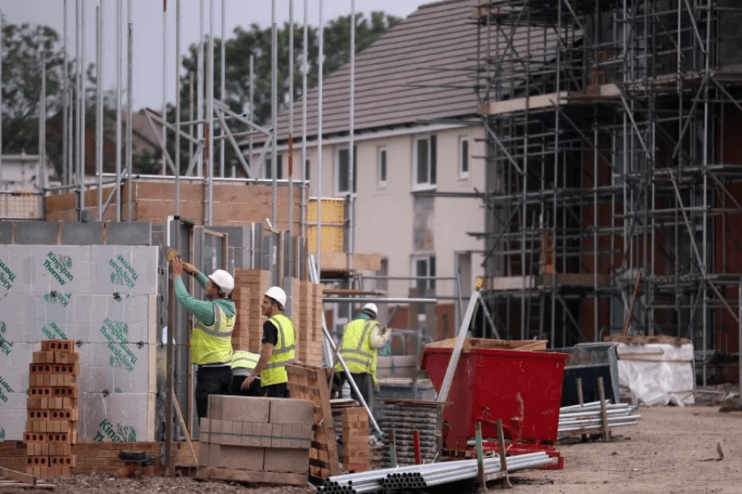

London markets have been spooked by worse-than-expected economic data across the pond that has raised uncertainty over when central banks will start lowering interest rates. So what does this mean for mortgages?
Home loan rates came down sharply at the start of the year in a price war fuelled by market competition and more positive economic signals.
That trend died down in February and March as lenders grappled with narrower margins, with average rates slowly ticking up in recent weeks.
The average two and five-year fixed mortgage rates are currently 5.81 per cent and 5.38 per cent respectively, according to Moneyfacts.
Mortgage rates are influenced by SONIA swap rates, which reflect what lenders think will happen to interest rates in the future.
Two and five-year swap rates fell in March as markets digested relatively dovish signals from both the US Federal Reserve and the Bank of England.
The Bank left rates on hold at a post-financial crisis high of 5.25 per cent at its last meeting on 21 March, but hawkish dissent on the Monetary Policy Committee (MPC) dissipated.
However, swap rates have risen so far this month after traders slashed their bets on the US Federal Reserve’s first cut following more hawkish comments and, most recently, hotter-than-expected inflation data.
On UK policymakers’ response to the latter, Chris Sykes, technical director at broker Private Finance, told City A.M.: “Hopefully it doesn’t affect their views and plans as it only takes one or two of their minds to change and we could see fixed rate pricing increase.
“For example, if, as the year goes on, we don’t see an MPC movement in rate, swaps will have to start increasing in response to this.”
Justin Moy, managing director at EHF Mortgages, told Newspage: “The mantra of ‘Higher for Longer’ can no longer be ignored, and the Bank of England won’t cut rates until the US do the same with their interest rates.
“So much of our economy rests on the monetary policies of other countries that I don’t see us sticking our necks out to cut for a few months’ yet.”
Two and five-year swaps currently stand at 4.56 per cent and 4.0 per cent respectively, up from 4.35 per cent and 3.77 per cent at the end of March.
Traders have this week pushed backed their bets on the Bank of England’s first rate cut to August from June.
Markets are now fully pricing in only two rate cuts, down from three at the beginning of the week and as many as six at the beginning of the year.
Elsewhere, rate-setter Megan Greene said on Thursday that cuts “should still be a way off”, noting that traders’ bets were not reflecting the UK’s “double whammy of a very tight labour market and a terms of trade shock from energy prices”.
One source of hope could be the UK’s own inflation reading next Wednesday, which will offer clues on whether the economy is improving enough for the Bank to be more confident about lowering borrowing costs.






